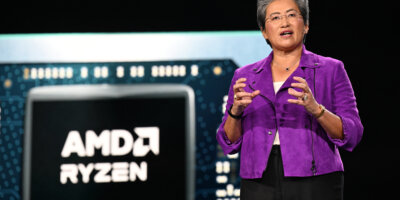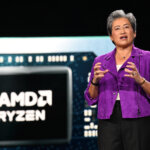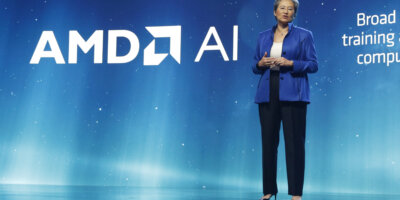
AMD vs Nvidia vs Intel – who wins, if anyone?
Should we still care about the CPU comparison between AMD, Intel, and Nvidia?
- CPU comparison reveals AMD’s energy-efficient EPYC 8004, Intel’s anticipated 14th Gen, and Nvidia’s AI prowess.
- Amid shifting lines in CPU comparison, brand loyalty takes a backseat to tech advancements.
- There are things to excite fans of each brand in the pipeline.
Alright, let’s be honest—everyone’s engrossed in the clash among AMD, Nvidia, and Intel. It’s thrilling to witness these tech titans square off in the realms of CPUs and GPUs. However, the debates often cloud consumer judgment with misinformation and bias. But by breaking down the latest innovations from each company and doing a non-partisan CPU comparison, we can more clearly appreciate what is being presented to us by each of the big players.
Historically, choosing between these three was simple. Intel and Nvidia dominated high performance, while AMD was budget-friendly. But times have changed.
Now, AMD offers robust hardware, and Intel is stepping into discrete graphics. The lines are blurring, making this an exciting time for tech enthusiasts – and a challenging time for consumers.
Staunch brand loyalty often creates misguided perceptions about product quality, especially on platforms like Reddit and Facebook.
Additionally, the companies themselves fan these flames by setting up products in direct competition, even when comparisons are between apples and oranges. Instead of getting caught up in the chaos, let’s focus on each company’s technological advancements.
The new AMD EPYC 8004 Series processors – a CPU comparison
AMD just rolled out its new AMD EPYC 8004 series processors, completing the 4th Generation AMD EPYC CPU lineup optimized for various workloads.
This latest introduction incorporates the “Zen 4c” core, allowing hardware manufacturers to craft energy efficient platforms ideal for various applications, from the smart edge, like retail and manufacturing, to data centers catering to cloud services and storage.
As per Dan McNamara, the senior vice president and general manager of server business at AMD, the EPYC 8004 Series continues AMD’s commitment to delivering CPUs that excel in energy efficiency and are specifically tailored for space-restricted and power-sensitive environments.
“AMD has delivered multiple generations of data center processors that provide outstanding efficiency, performance, and innovative features. Now with our 4th Gen EPYC CPU portfolio complete, that leadership continues across a broad set of workloads – from enterprise and cloud, to intelligent edge, technical computing and more,” McNamara further elaborated.
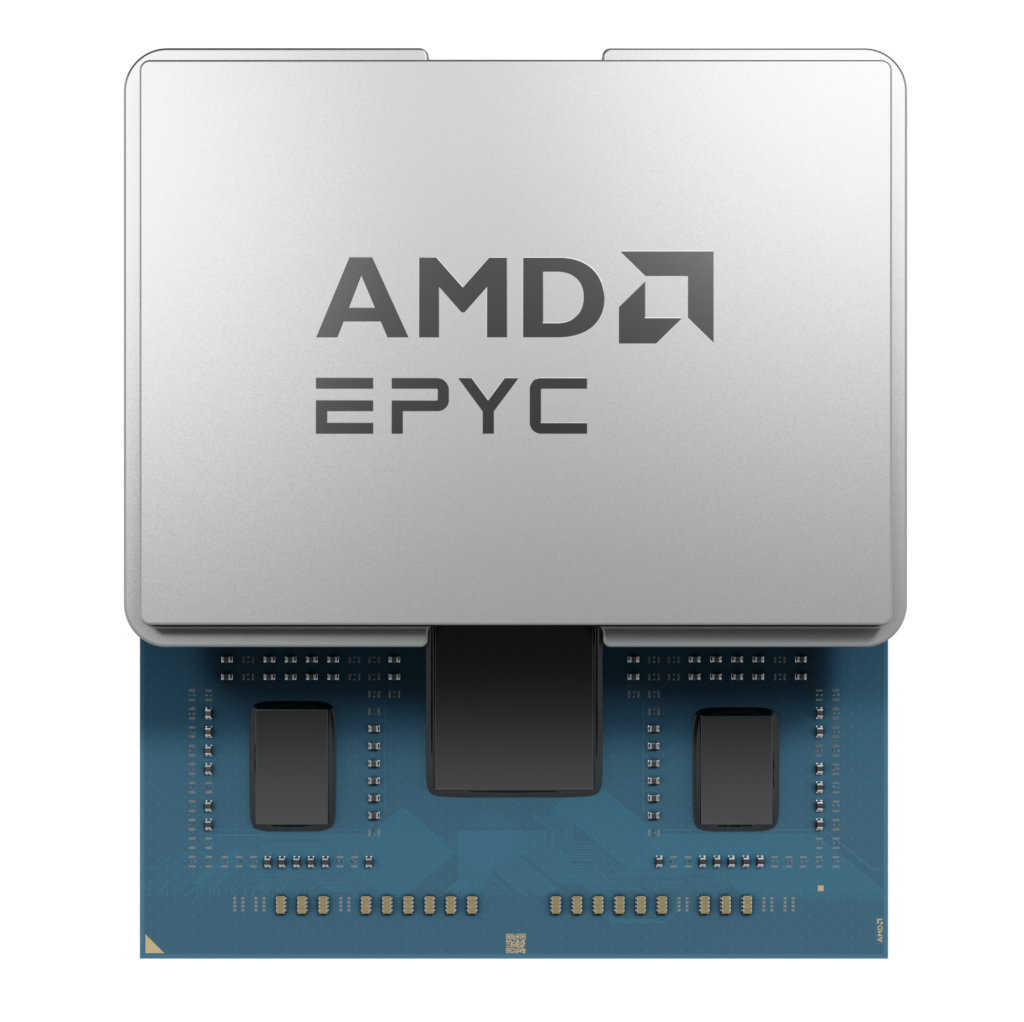
AMD EPYC 8004 series processor half delidded. (Source – AMD)
Much improved traditional data centers and intelligent edge
The latest EPYC 8004 series enhances the performance and efficiency benchmarks set by the 4th Gen EPYC, designed specifically for markets valuing energy conservation, compact designs, and noise reduction. What can you anticipate?
- Energy-saving at the edge: by leveraging the ‘Zen 4c’ cores and the newly introduced SP6 socket, these CPUs offer double the SPECpower efficiency per watt compared to top competitors.
- Balanced offerings: in confined spaces, the EPYC 8004 series offers unparalleled performance and efficiency, with the EPYC 8324P outclassing its nearest competitor by 1.16 times in video encoding tasks.
- Monetary advantages: in edge applications involving smaller server clusters, deploying the EPYC 8004 series could result in substantial energy cost savings over a half-decade, while also providing better core density and data throughput.
Moreover, multiple OEMs and collaborators have showcased a variety of unique systems and solutions optimized for the capabilities of the AMD EPYC 8004 series processors. These systems cover various operating parameters, from densely packed data centers to telecom infrastructure in urban settings to challenging environments like factory floors.
For instance, Dell Technologies has launched the Dell PowerEdge C6615 server, specifically engineered to optimize performance without compromising the total cost of ownership (TCO) for scale-out workloads such as containers and microservices.
In the words of Travis Vigil, the senior vice president of product management at Dell Technologies, “Our Dell PowerEdge C6615 with AMD EPYC Gen4 CPUs is purpose-built to deliver its best performance per watt per dollar in a density-optimized form factor.”
“The solution is engineered to maximize compute performance in air-cooled environments without having to alter power or cooling capabilities,” said Vigil. “When combined with Dell OpenManage Enterprise software, we enable cloud service providers to intelligently monitor their systems and deliver more efficient compute services.”
Similarly, Supermicro has rolled out new edge platforms incorporating the AMD EPYC 8004 series. These platforms are designed for edge and telco data centers based on Supermicro’s H13 generation of WIO Servers.
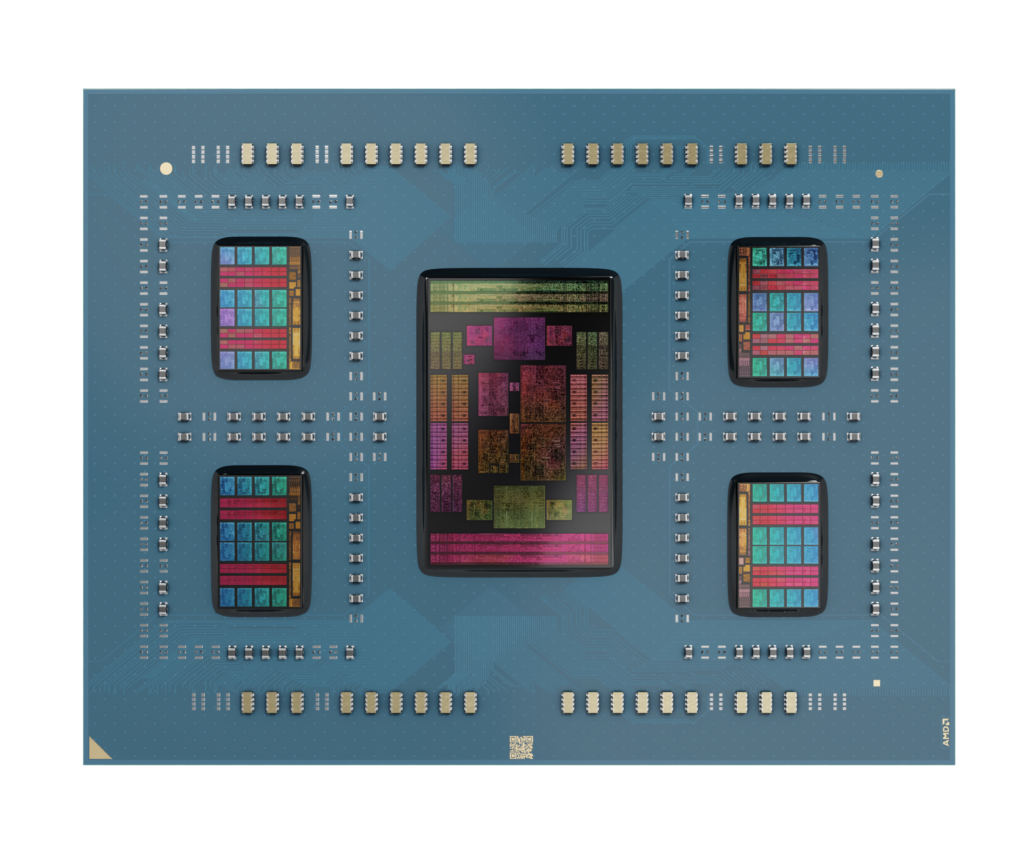
Supermicro has rolled out new edge platforms incorporating the AMD EPYC 8004 series. (Source – AMD)
Vik Malyala, president of EMEA and senior vice president of Worldwide FAE, solutions and business, accentuated the versatility of the AMD EPYC 8004 series, saying, “These CPUs, combined with Supermicro’s innovative and energy-efficient servers with AC/DC power options, offer superior value for our customers and extend support for intelligent edge and next-generation Telco markets.”
CPU comparison – the upcoming Intel’s 14th Gen
There’s a buzz in the tech community that Intel’s 14th generation CPUs are swiftly nearing their debut. Although the official release isn’t happening imminently, it’s approaching. Based on information from Videocardz, the Raptor Lake Refresh series under the 14th Gen umbrella is due for an unveiling on October 17, with comprehensive reviews likely to surface on October 16.
Intel has traditionally initiated its new launches in the last few iterations by introducing the ‘K’ models. It appears that this pattern will continue for this forthcoming launch. We can anticipate the first wave to include models like the i9 14900K, i7 14700K, and i5 14600K, along with their integrated graphics-free ‘KF’ variants. The 65W non-‘K’ models are expected to make an appearance later, possibly around the time of the CES event in early January, as was the case with the 13th Gen models.
The i9 14900K is poised to be the go-to option for enthusiasts, boasting the highest clock speeds and core counts. Provided that Intel has no secretive architectural revisions, its performance is likely to position itself slightly above the existing i9 13900KS.
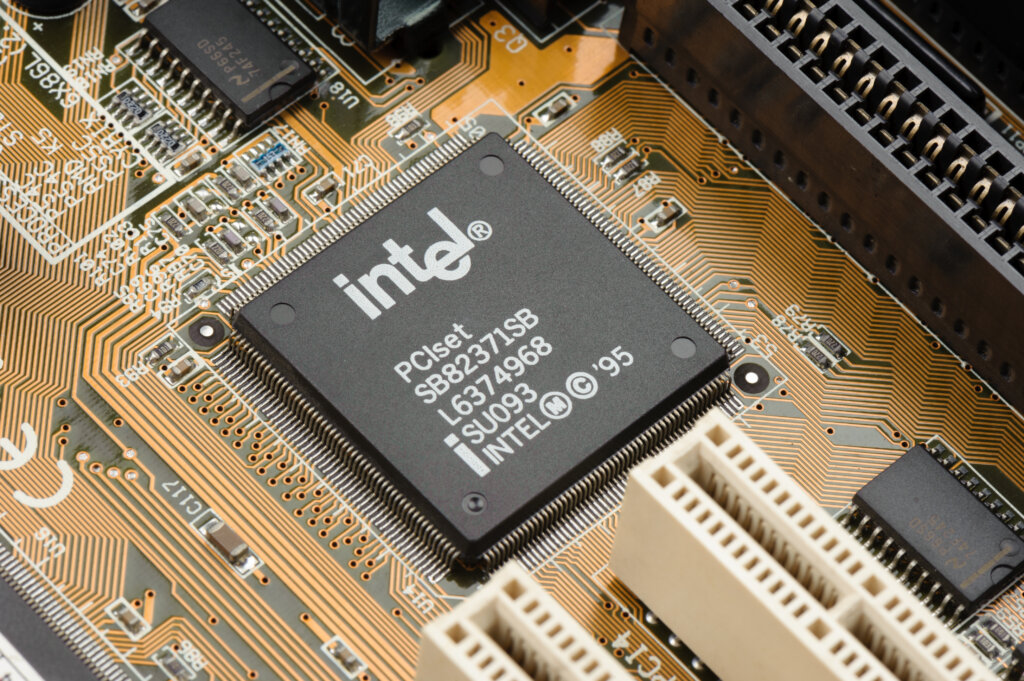
What can we expect from Intel? (Source – Shutterstock)
The i7 14700K, on the other hand, is slated for a significant expansion in its e-core count, moving from 8 to 16. This upgrade will render it an appealing choice for those who want robust performance but wish to avoid the power consumption and thermal output that comes with the 14900K.
The i5 14600K is gearing up to be another formidable contender. While it may not benefit from increased core count, it will feature higher clock speeds. Suppose it can be considered an enhanced version of the i5 13600K. In that case, it’s likely to usurp the 13600K’s standing as the preferred gaming CPU—provided it doesn’t experience a noticeable spike in power consumption relative to its modest performance gains.
Intel’s Innovation Event will kick off in San Jose on September 19. The roster of speakers is expected to delve into a range of subjects such as artificial intelligence, solutions for enterprises, and the upcoming Meteor Lake architecture. But they will probably also shed some light on Intel’s forthcoming desktop CPU plans. An official launch date announcement seems plausible during this event.
Nvidia’s AI superchip sweeps MLPerf inference benchmarks
In the case of Nvidia, it’s noteworthy that during its inaugural appearance in the MLPerf industry benchmarks, the GH200 Grace Hopper superchip completed all the assessments related to data center inference. This feat further elevates the already impressive performance credentials of Nvidia’s H100 Tensor Core GPUs.
The aggregate findings underscore the superior performance and adaptability of Nvidia’s AI framework, extending from cloud-based operations to edge computing. The GH200 superchip merges a Hopper GPU with a Grace CPU, offering an integrated solution that grants expanded memory, greater bandwidth, and the versatility to dynamically redistribute power between the CPU and GPU for performance optimization.
Systems built on the Nvidia HGX H100 platform, which incorporates eight H100 GPUs, set a new high-water mark for throughput across this cycle’s MLPerf inference tests.
The Grace Hopper superchips and H100 GPUs were the frontrunners in all the evaluations conducted by MLPerf for data centers. That includes a spectrum of applications ranging from computer vision and speech recognition to medical image analysis and high-complexity use cases like recommendation systems and large language models that are integral to generative AI techniques.
In summary, these results perpetuate Nvidia’s lead in AI training and inference performance, a streak that has been unbroken since the MLPerf benchmarks were first established in 2018.
Final thoughts on CPU comparison
The tech world is evolving rapidly, and the age-old battles between AMD, Intel, and Nvidia are intensifying. Yet it’s crucial to note that these competitions drive the technological advancements from which we all benefit. AMD’s strides in energy-efficient processors, Intel’s much-anticipated 14th generation CPUs, and Nvidia’s groundbreaking work in AI all testify to the incredible pace of innovation in the industry.
However, as consumers, navigating the myriad options with a discerning eye is essential. Brand loyalty can sometimes cloud our judgment, especially when choosing hardware based on complex and varied criteria like power efficiency, computational speed, and cost. Forums and social media platforms are awash with biases and misinformation, making it even more imperative for buyers to perform due diligence, especially as these tech giants continue to broaden their offerings.

AMD, Intel, and NVIDIA being compared. (Source – X)
So, rather than getting caught up in the continuous brand wars, let’s focus on the rich selection of cutting-edge technologies at our disposal. Whether you’re a casual user, a gaming enthusiast, or a professional needing server-grade capabilities, the robust competition between AMD, Intel, and Nvidia ensures that there’s something out there for everyone.
And that is something worth celebrating.
READ MORE
- 3 Steps to Successfully Automate Copilot for Microsoft 365 Implementation
- Trustworthy AI – the Promise of Enterprise-Friendly Generative Machine Learning with Dell and NVIDIA
- Strategies for Democratizing GenAI
- The criticality of endpoint management in cybersecurity and operations
- Ethical AI: The renewed importance of safeguarding data and customer privacy in Generative AI applications

